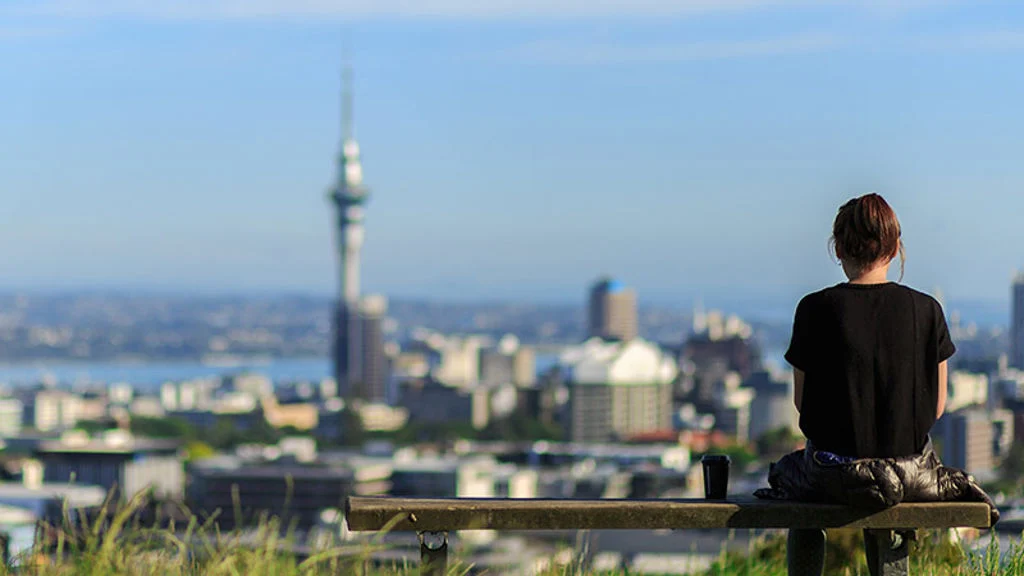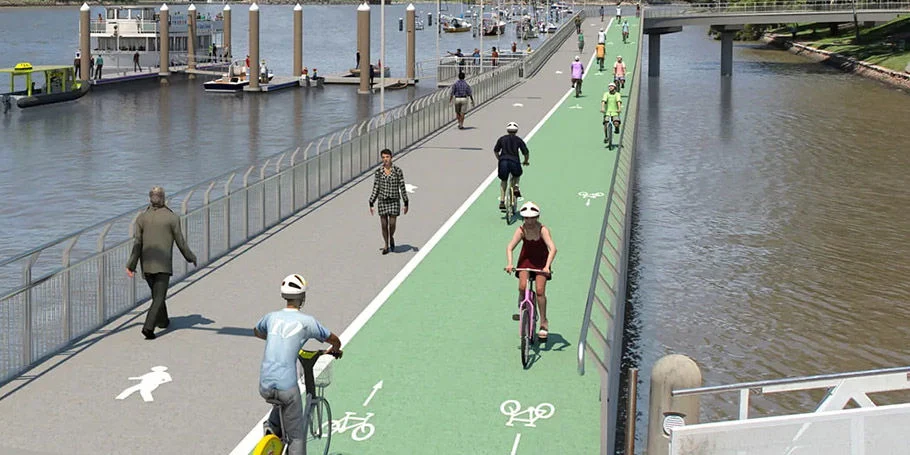What we delivered
-
The project’s planning stage was completed below budget, reducing the development’s costs.
-
Our planning approach will enable future residents to feel connected within a comfortable and sustainable environment.
-
Our work aims to conserve and regenerate the site’s natural ecosystems – with 70% of the development consisting of green space.
Get in touch with our team
Green Heart of Kenya will deliver a regenerative eco-town that spans across two separate plots of 700 and 50 acres each, which are located on the Kenyan coastal town of Kilifi. The project will offer the wellbeing benefits of a rural environment, while providing its future residents with urban level facilities.
Arup’s site development services supported the lead consultant, BuildX Studio, with concept designs for Green Heart of Kenya’s transportation, utilities, and integrated water management. Construction works commenced in 2022 with the aim to be a fully functioning regenerative town by 2030. Following this, the full 700-acre site is set to be completed by 2035.
We concentrated on a staged approach to upgrading the infrastructure, which will allow the development to grow organically as occupancy increases. Through our involvement in the project, the planning was completed below budget, reducing costs for the client. The project also aims to conserve and regenerate natural ecosystems – which have been depleted through the existing mono-crop agriculture on site – to ensure that it has a net positive environmental impact.
Site development
The Green Heart of Kenya development relies on the clever use of space. When advising BuildX Studio, we thought strategically about where areas should be located to enable future residents to feel connected within a comfortable, sustainable environment, while also enabling the development’s local businesses to thrive.
The development will consist of 70% green space comprised of agroforestry, agriculture, and eco-tourism, and the remaining 30% will consist of mixed-use spaces made up of residential, commercial, and industrial areas. This approach creates a sustainable business space – framed upon circular economy principles – that will catalyse employment opportunities in the local area. This commercial area is also located nearby large, central roads, which will help to connect businesses with key transport infrastructure.
In contrast, the residential areas will be clustered further away from the site’s industrial and commercial centres, creating a distinct village identity and a more tranquil atmosphere. This split will allow residents to separate their workspaces from their home lives. The site’s numerous cycle paths and footpaths will also ensure that they can easily travel between their homes and workplaces – as well providing easy access to local amenities.
Alongside this, we strived to strengthen the mix of social class in the area by creating various types of developments and offering a diverse housing market. The town will also have school and sports developments to offer education opportunities to the families living on the site. This approach will help to create a sustainable, multi-purpose space that encourages people to flourish in their community and benefit from its vibrant entrepreneurial hub.


Water management
Water management for Green Heart of Kenya was identified as a key challenge from the outset, particularly as the site’s water supply is unreliable. Recognising this, our team came up with the solution to use stormwater harvesting and treated effluent from the wastewater treatment plant to meet the site’s irrigation water demands.
In addition to this, retention ponds were proposed to attenuate and store both storm water and treated wastewater, creating a healthy ecosystem that takes a nature-based approach to managing flood risk. We also recommended the use of local plants and crops that are acclimatised to the area, as these consume less water when compared to imported vegetation.
Energy advisory
To help secure Green Heart of Kenya’s energy supply, we planned for solar power to be generated on site. This will not only reduce carbon emissions, but also gives residents and businesses access to a consistent source of renewable energy that they can rely upon.
Moreover, the energy, water, and agriculture system work in combination, rather than in isolation. For example, we used an agrivoltaics approach, which enabled us to use the same land plot for both solar energy generation and agriculture. In addition to saving space, the solar panels also serve to shelter plants from the area’s harsh sunlight, helping them to grow more efficiently by reducing plant drought stress and regulating temperatures. As a result, future residents will be able to thrive and enjoy reliable, urban levels of power supply in a stunning rural area.

Transport planning
We planned to connect the early phases of the development with the future phases of the project when we considered the internal road network. This means that upgrades to the road infrastructure will be adjusted to meet people’s needs as the development expands. This type of gradual improvement allows for improved budget management. We also planned the road expansions so that they build upon existing county roads, which helps to minimise the site’s impact on the natural environment.
Within the 70% provision for green areas, there will still be an estimated 100-metre wide-green belt along the site’s southern boundary that offers refuge for indigenous coastal fauna and flora. This will increase biodiversity as well as supporting the development’s carbon offsetting goals. Due to carefully planned road layouts, there will be minimal tree felling and the project has set a target of planting half a million trees during its build out.
Furthermore, residents will be able to reach key areas by using the many cycle paths and footpaths that span across the development, while enjoying its green spaces. This encourages active travel – primarily by bike – which further reduces carbon emissions. The result is a functional and sustainable transport network that provides serene travel routes for Green Heart of Kenya’s future residents to enjoy.
Projects
Explore more cities projects

Supporting Birmingham as bold 2022 Commonwealth Games hosts
Birmingham 2022, United Kingdom

Major redevelopment transformed with integrated transport and sustainable design
Cardiff Central Square

Auckland’s first urban heat assessment guides climate adaptation planning
Auckland Urban Heat Assessment, New Zealand

Developing a master plan for regional regeneration in Victoria
Victorian Goldfields World Heritage Master Plan, Australia
Get in touch with us
If you'd like to speak to one of our cities experts about any of the issues raised on this page, or a potential collaboration, then please get in touch.


